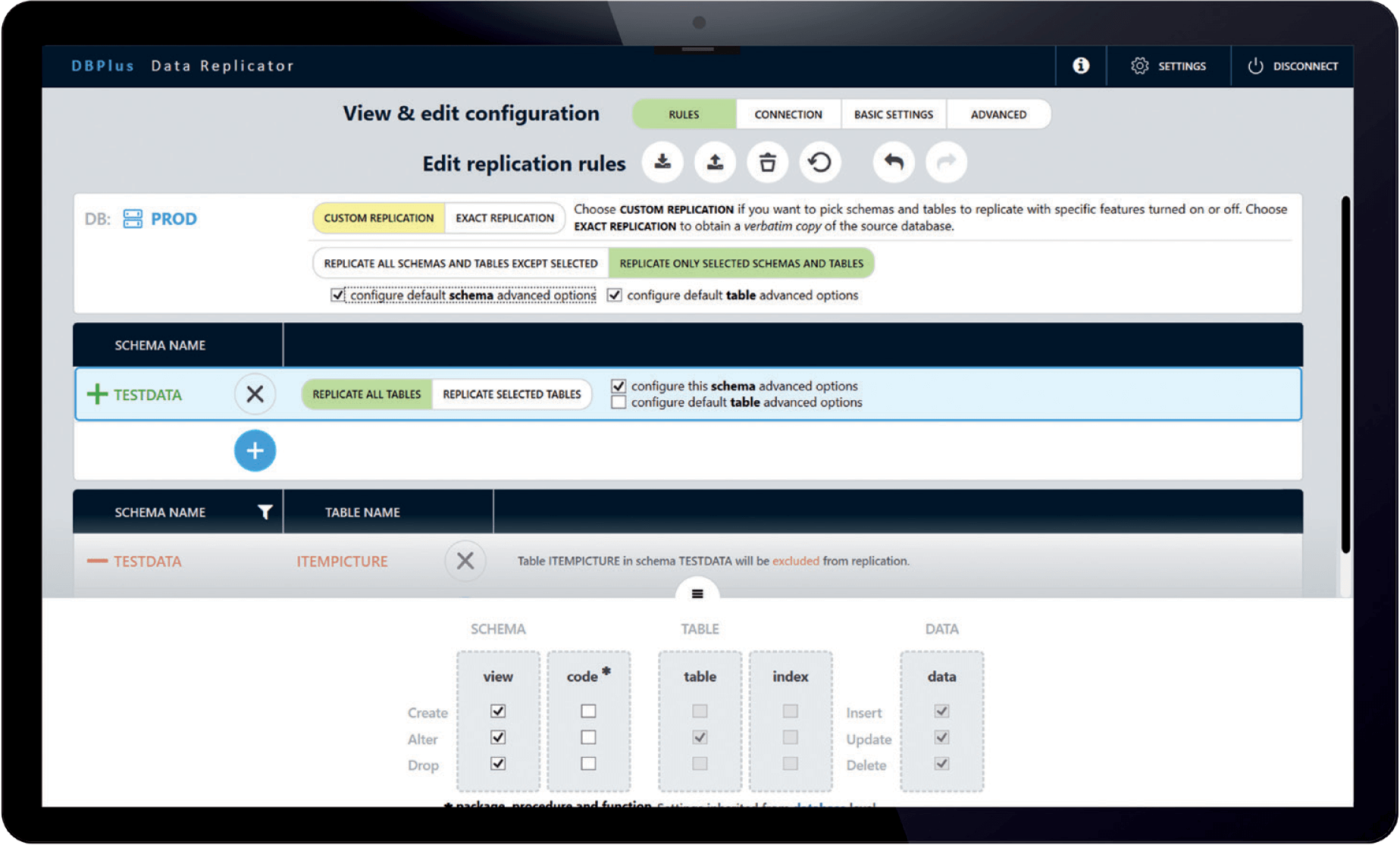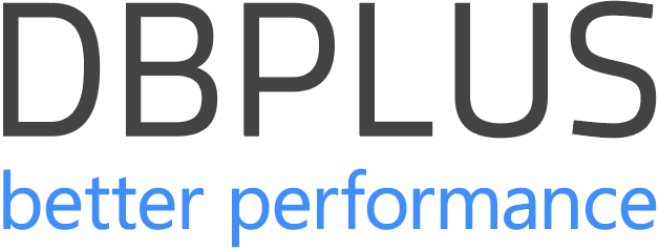A universal and reliable tool for database replication in Oracle and Microsoft SQL Server for Oracle, Microsoft SQL Server, PostgreSQL, MySQL and Amazon Redshift databases. It provides real-time access to copies of production data without influencing the availability and performance of source systems.
Sharing data between different databases and applications can be a very complex process and can have a negative impact on system performance, and as a result, on the company’s financial results. Moreover, if current data from various systems cannot by analysed on a minute-by-minute basis, the possibilities for growth now offered by advanced analytics such as Business Intelligence (BI) cannot be exploited.
Software overview (Oracle)
Data Replicator dla SQL ServerOur case studies:
 |
Data Hub – Business Intelligence architecture in real-time mode
Implementation of a central reporting system supporting the organization and business partners in 16 European countries.
Business needs and expectations:
|
 |
Upgrading the database version without interrupting the application
Update of the versions used databases and the implementation of new functionalities in a business application along with migration to the new platform equipment.
Business expectations:
|
Key features:
- Replication of business data without reducing transaction system performance
- Consolidation or distribution of data in systems with different versions of a database and different operating systems
- Possibility of improving OLTP system performance by separating OLAP operations (Real-Time Operations BI)
- High performance and reliability solution for high data volumes
- Data replication in On-premises and Cloud systems

Watch a short introductory video
Don’t know how to solve everyday problems with data exchange, upgrades, migration, or reporting? Effective communication between many applications in the company is essential for effective work. Watch a short video on the DBPLUS Data Replicator.
Too often, solutions which allow you to integrate many applications in the business, for instance data buses, absorb far too many resources. An excellent solution to the integration of systems can be real-time data replication between these systems, which presents a far lower burden on resources than other methods.
Overview
Migration and modernisation of databases
Thanks to data replication in real time, data migrations and upgrades can be conducted much faster, with minimal downtime of source systems. The capability of reversing the direction of replication also enables return to the former base in the case of migration problems occurring.

Reporting in real time
Data replication in real time between transactional systems and reporting platforms allows for the creation of reports based on the latest data without any extra load on the transactional systems that are the data source. This enables one to solve problems related to work on outdated data or the activation of reports directly on transactional systems, having a negative effect on their performance.

Integration of applications and uniform interface
For the efficient work of many applications, effective data transfer between them is necessary. Commonly used solutions, such as a data bus, are ineffective due to the required resources. In many cases, online replication may replace others more demanding on the resources and methods of data transfer between systems.

Consolidation of data from many systems
Due to replication in real time, one may easily consolidate data from many systems in one database – e.g. data warehouse. Reports can be created on the basis of current data flowing in from many systems in real time, which allows for advanced Business Intelligence analysis.

Intuitive interface
Our software has a very intuitive interface, easy to use even for users without much experience in database replication.

Distribution of data to dispersed systems
DBPLUS Data Replicator may be used for the transfer of data in real time from a main transactional system to distributed systems. Users in distant locations can work on copies of production data in real time – without overloading the source system.
Resources

Download installation programme
Download a fully-function free version of our software. You can use our application absolutely free until you exceed 100.000 records replicated daily. The DBPLUS Data Replicator server works on Windows Server 2008, 2012, 2016 or 2019 and also Windows 7/8/10 with the .NET 4.5 Framework.

Download User’s Manual
The User’s Manual provides a clear description of all the functions available in the software.

Download informational materials
Discover the basic features of DBPLUS Data Replicator.
Tutoriale
Zobacz krótkie wideo wprowadzające
FAQ
1. Does your software handle interruptions during replication?
DBPLUS Data Replicator has built-in mechanisms that allow you to interrupt replication and then continue from the place where the interrupt occurred. Depending on the amount of data that has not been replicated during the interruption, the software needs some time to catch up until replication is done online.
2. What does it mean that replication is on-line?
This means that data replication between databases is near-real time. In the case of our software, the minimum delay is approximately 120 ms.
3. Can I test DBPLUS Data Replicator?
We provide our customers with the software for test, we can also support test installation. The installation program can be downloaded from our website.
4. What are the available directions for replication?
Source database can be Oracle or Microsoft SQL Server and target database can be Oracle, Microsoft SQL Server, PostgreSQL , MySQL, Amazon Redshift.
5. What is the DBPLUS Data Replicator license model?
DBPLUS Data Replicator is licensed per CPU socket in the source-replica configuration.
Q&A
1. Can I return to the old database in case of problems after data migration?
Yes. The capability of reversing the direction of replication also enables return to the former base in the case of migration problems occurring.
2. Does reports creation generate an additional load for transaction systems?
Reports based on the most up-to-date data do not generate any extra load for transaction systems that are the data source.
3. How many changes during the day can the Data Replicator read?
The DBPLUS Data Replicator software is able to read up to 1.5TB of daytime changes contained in log files. Information about changes made on the source database is read from transaction logs via the LogMiner tool available in Oracle databases.
4. Does the amount of data stored in the tables affect the speed of replicated data?
The complexity of the data model does not affect the speed of replicated data. DBPLUS Data Replicator reads changes made on the production basis from transaction logs by reading individual DDL operations.
5. Is there an additional support fee?
When you want to test our software, we can support you in its installation and configuration. We do not charge for supporting software installation.
6. What are the differences between Online Replication and Oracle Data Guard?
| Active Data Guard: | Online Replication: |
|
|
|
|
|
|
|
|
|
|
|
|
|
|
|
|
|
|
|
|
